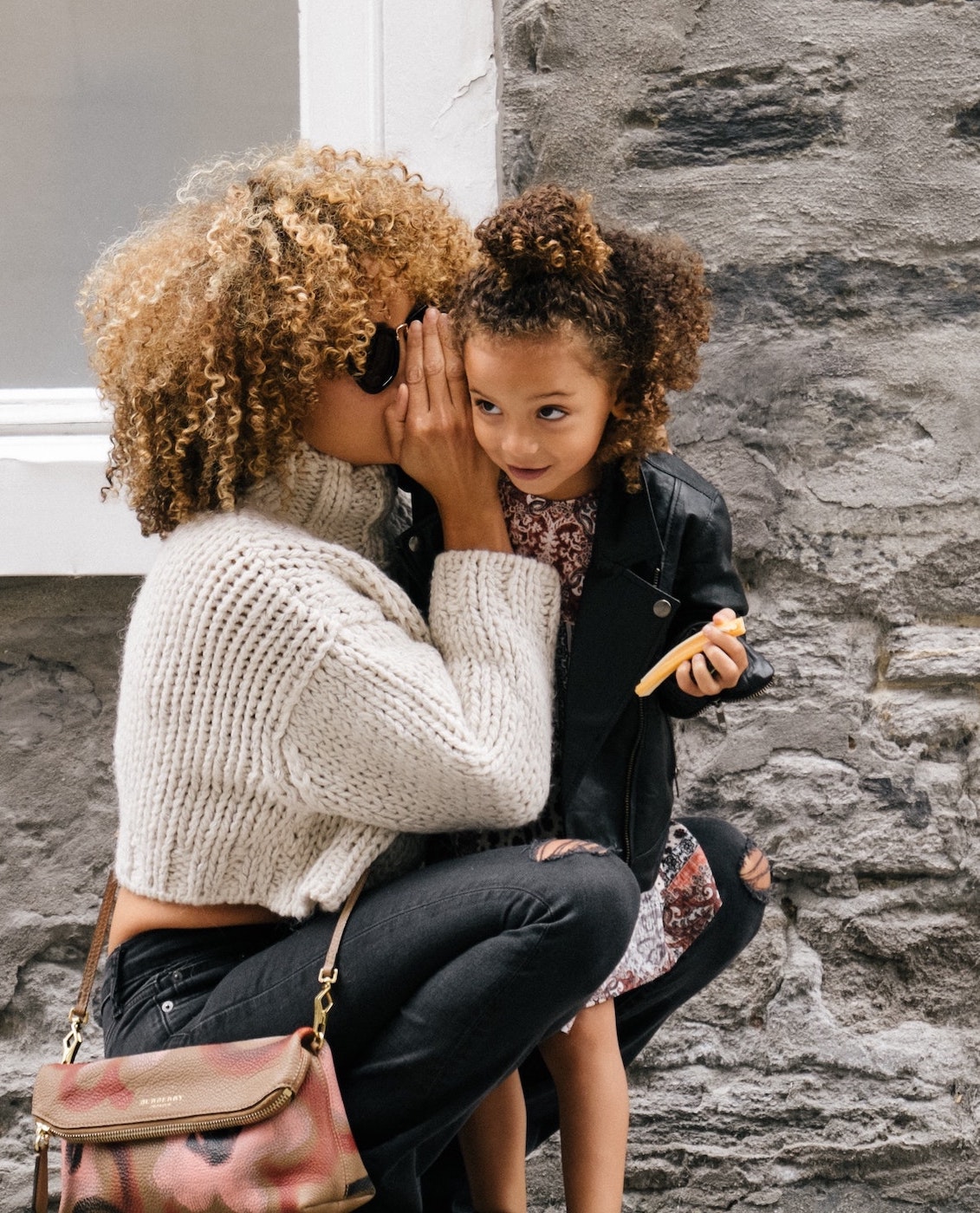
Why Bank for good
The climate crisis: bought and paid for.
If you were to trace where carbon emissions come from, you’d find a lot of fossil fuels. And if you were to trace the money that underlies fossil fuel extraction, you’d find… banks.
Banks make this all possible. Through their lending and underwriting, the largest banks in the world provide a continuous supply of funds to fossil fuel companies, allowing them to continue exploring and extracting the very stuff that is making our planet increasingly inhospitable and uninhabitable. Over the past four years, the world’s 35 biggest private-sector banks have poured $2.7 trillion into fossil fuels. To their credit, many of these same banks have made commitments to provide capital to climate-positive solutions such as renewable energy and clean technology—but these amounts simply pale in comparison to the vast scale of their fossil fuel financing.




